From the consistent policy of the Party and State to the efforts of training institutions, the journey of digital transformation in vocational education and continuing education is being strongly promoted, but also faces many challenges.
The imperatives of the times and the demands of practice
Deploying digital transformation and artificial intelligence, Mr. Pham Kim Thu - Principal of Friendship College (Nghe An) talked about the advantages, when the Party and State's policies are clear, creating a legal corridor and strong motivation for educational institutions to proactively implement digital transformation, applying AI in administration and teaching. At the same time, the team of young, technology-savvy staff, along with the Gen Z generation of learners with the ability to adapt quickly, helps this process become practical and spread quickly throughout the system.
Currently, many educational institutions, including Friendship College, have begun their digital transformation journey early: Building a learning management system (LMS), e-learning materials, digital training management, and encouraging lecturers to exploit AI in design and teaching. Students have a good technology foundation, making online learning, teaching, and management easier.
However, Mr. Pham Kim Thu pointed out the major barrier when the technology infrastructure and transmission lines in many localities are still weak, not ensuring the operation of large-scale online learning systems. Digital human resources are limited, many teachers have not been trained in depth in digital skills, e-learning material design skills, and AI exploitation in teaching.
Investment costs are still modest, while digital transformation requires large costs for software, copyright, security, and human resource retraining. Uneven awareness is also a barrier. There is still a notion that digital transformation is just the application of administrative software, not considering it as a comprehensive change in the management model and teaching-learning culture.
At the Center for Continuing Education - Information Technology, Foreign Languages of Quang Tri province, according to information from Director Le Van Hoa, due to its main task of meeting the needs of learning to improve qualifications and professional skills for learners through consulting, enrollment, training and fostering activities, the application of information technology and digital transformation at the Center is not diverse, only focusing on a few tasks.
Mr. Hoa believes that teachers' qualifications and ability to apply technology to teaching and education is a decisive factor in the digital transformation process in schools. However, a number of managers and teachers, especially older teachers, are not bold enough to apply information technology in their work.
The main reasons are limited digital capacity, conservative thinking and the lack of a specific assessment mechanism for the digital capacity of school administrators and teachers. The application of information technology and digital transformation is uneven and lacks synchronization among units, leading to data incompatibility and waste.
Information technology infrastructure and digital infrastructure have not met the needs of users. Information security is essential, but has not received due attention… The above challenges and obstacles are slowing down the digital transformation process in schools.
Affirming the inevitability of digital transformation, Mr. Nguyen The Luc - Vice Principal of Hanoi College of Pharmacy, shared that the biggest advantage is the consistent policy of the Party, State, and Ministry of Education and Training in considering digital transformation as the pillar of vocational education innovation.
In addition, the team of young, dynamic and proactive staff and lecturers are actively researching and applying new technology platforms in teaching, scientific research and student management. The rapid development of technology infrastructure, cloud platforms and open source artificial intelligence tools also helps schools transform at a more reasonable cost.
Along with advantages, there are also many challenges and difficulties. According to Mr. Nguyen The Luc, the biggest barrier is resources, including investment costs for digital infrastructure, technological capacity of the team, and digitalized education and training data sources. Many small and medium-sized vocational training institutions do not have enough conditions to invest in learning management systems (LMS), digital learning materials, or online assessment tools.
The awareness and views of many leaders of vocational training institutions on the importance of digital transformation and AI application are not really complete. In particular, the awareness of the importance of AI in the daily work application of the team is extremely important, providing effective support for work, as well as expanding knowledge.
Traditional management thinking also slows down the transformation. This is more challenging for older leaders, due to the nature of technology and the hourly and daily updates of artificial intelligence.
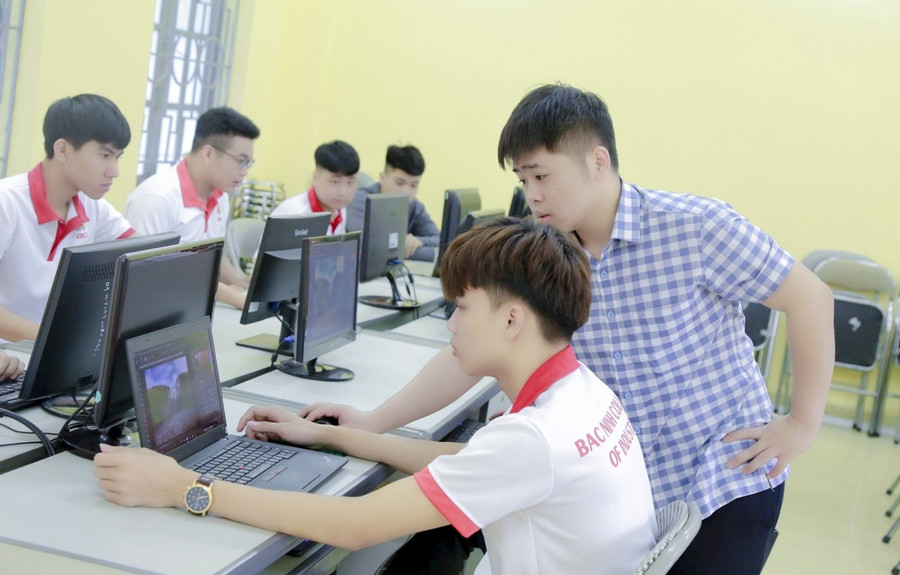
Breakthrough with awareness, digital human resources and policy mechanisms
Presenting solutions, Mr. Nguyen The Luc said that taking digital transformation and AI application as a breakthrough in quality assurance requires three key groups of solutions:
Firstly, the Ministry of Education and Training and management agencies need to develop a specific mechanism for investing in digital infrastructure, allowing flexible socialization; and have policies to encourage lecturers and students to use new technology in teaching and learning.
Second is training and fostering digital human resources. Human resources with expertise in technology operations and digital transformation in many fields, including vocational education, are “not diverse and not sophisticated”. We must consider improving digital capacity for the team as a mandatory task. Each staff member and lecturer needs to be equipped with basic AI skills and the ability to apply them to their expertise, thereby improving work efficiency.
Third is to connect and share infrastructure and learning materials. Currently, the vocational education program has 6 common subjects (Information Technology, English, Law, Politics, Physical Education, National Defense Education). In the immediate future, research on sharing common learning materials, teaching resources, methods of evaluating results... through digital transformation.
In addition, vocational training institutions can form alliances and share technology platforms, digital libraries, open science repositories, etc. to help reduce investment costs. At the same time, strengthen cooperation with technology enterprises to apply AI solutions to management and teaching.
For Friendship College, the breakthrough spirit for the 2025-2026 school year is: Vocational training - teaching how to be a human - teaching adaptation in the digital age. Informing this, Mr. Pham Kim Thu proposed key groups of solutions.
Accordingly, a specific financial mechanism is needed for digital transformation in vocational education and continuing education, allowing the mobilization of social resources and public-private partnerships to invest in infrastructure, platforms, and digital learning materials. Develop a program to foster digital skills, AI learning material design capacity, and data security capacity for teachers and administrators.
The Ministry of Education and Training builds a national open science repository for schools to use together, helping to reduce costs, improve quality, and ensure updates. Include criteria for digital capacity, AI application level, and digital transformation level in the quality assessment framework for vocational education and continuing education institutions. Only then will digital transformation become a real driving force, not a movement.
Mr. Le Van Hoa emphasized the solution of educational communication, along with regular training and coaching of digital skills for the team; associated with innovation in civil servant evaluation, to raise awareness and guide specific actions for each cadre and teacher.
Along with that, create unity and synchronization in the application of information technology and digital transformation throughout the industry to promote the application of big data connection. Improve the ability to control and secure data for users by having data filtering software, strictly controlling content, eliminating unverified information, avoiding inconsistency in knowledge, affecting teaching and learning.
“It is necessary to promote the role of GDTX centers associated with community learning centers in building popular documents on applying VNe.ID software to teach students and people, contributing to the movement of "Digital Education for All" and creating the foundation of digital citizens.
Finally, there needs to be an open, decentralized, autonomous mechanism associated with self-responsibility in investing in purchasing machinery and equipment to serve the application of information technology and digital transformation," Mr. Le Van Hoa proposed.
“Not just a trend, digital transformation and artificial intelligence have become the order of the times. That is the only way for vocational education and continuing education to keep up with the development of the digital economy, meeting the need for lifelong learning in a knowledge-based society,” said Mr. Pham Kim Thu, Principal of Friendship College.
Source: https://giaoducthoidai.vn/chuyen-doi-so-trong-gdnn-gdtx-tao-hanh-lang-phap-ly-khoi-nguon-dong-luc-post752775.html


![[Photo] Closing ceremony of the 18th Congress of Hanoi Party Committee](https://vphoto.vietnam.vn/thumb/1200x675/vietnam/resource/IMAGE/2025/10/17/1760704850107_ndo_br_1-jpg.webp)











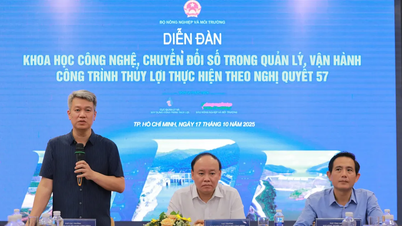

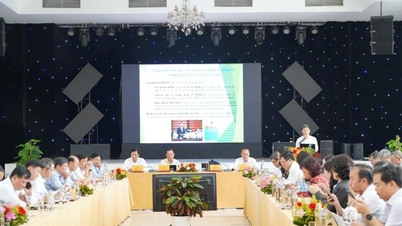



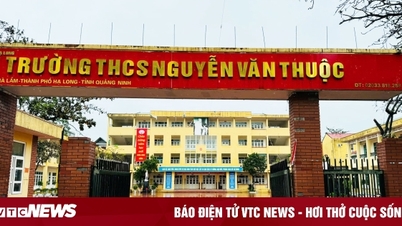



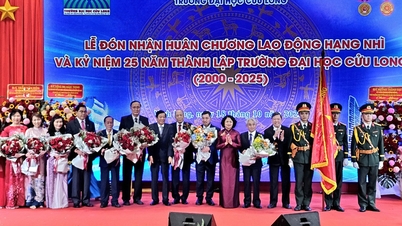

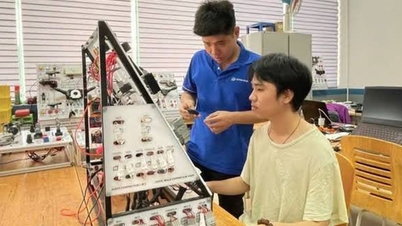







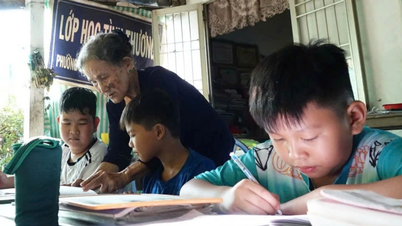
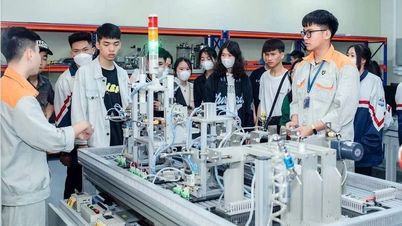
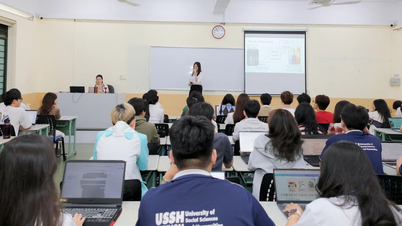
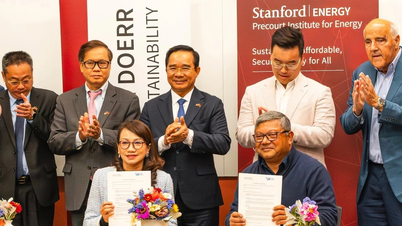

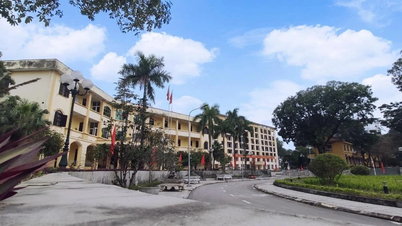

![[Photo] Nhan Dan Newspaper launches “Fatherland in the Heart: The Concert Film”](https://vphoto.vietnam.vn/thumb/1200x675/vietnam/resource/IMAGE/2025/10/16/1760622132545_thiet-ke-chua-co-ten-36-png.webp)






























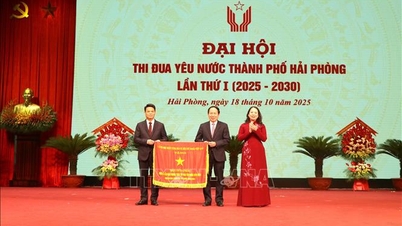
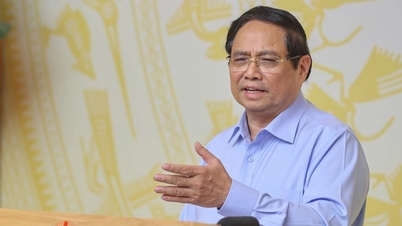
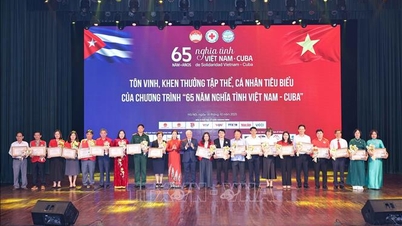










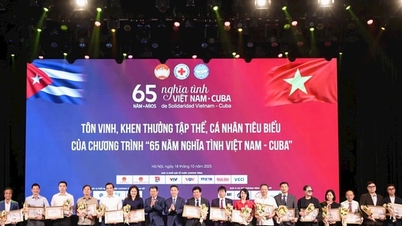



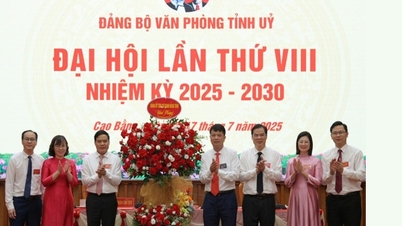

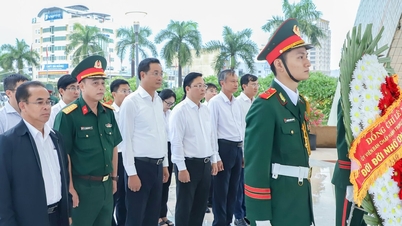

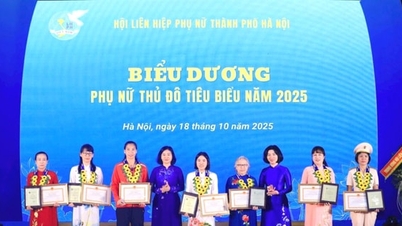












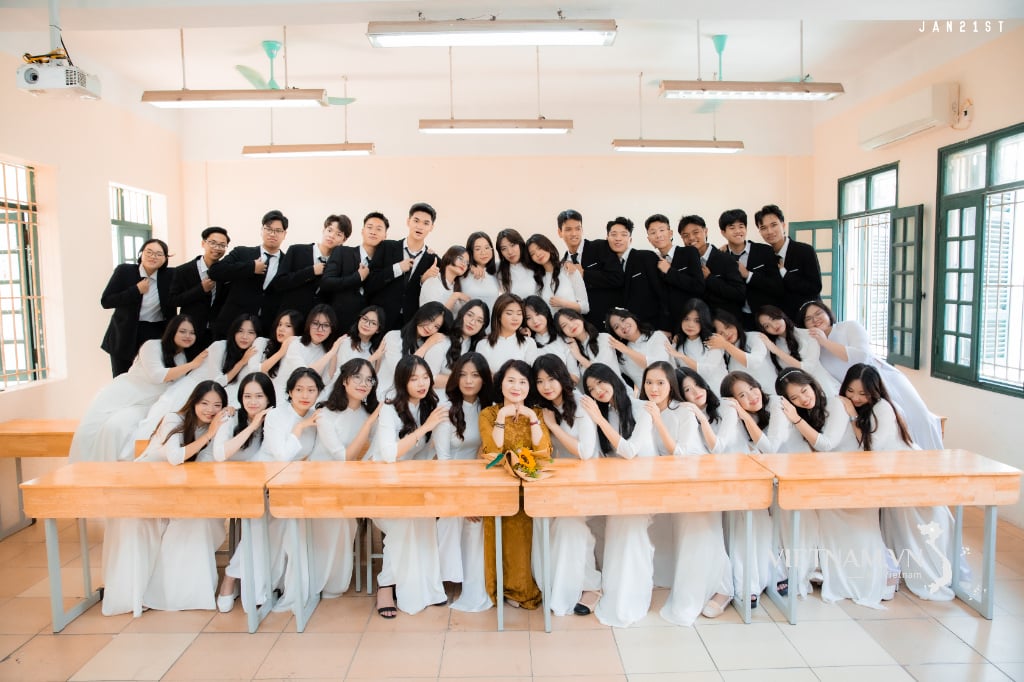

Comment (0)